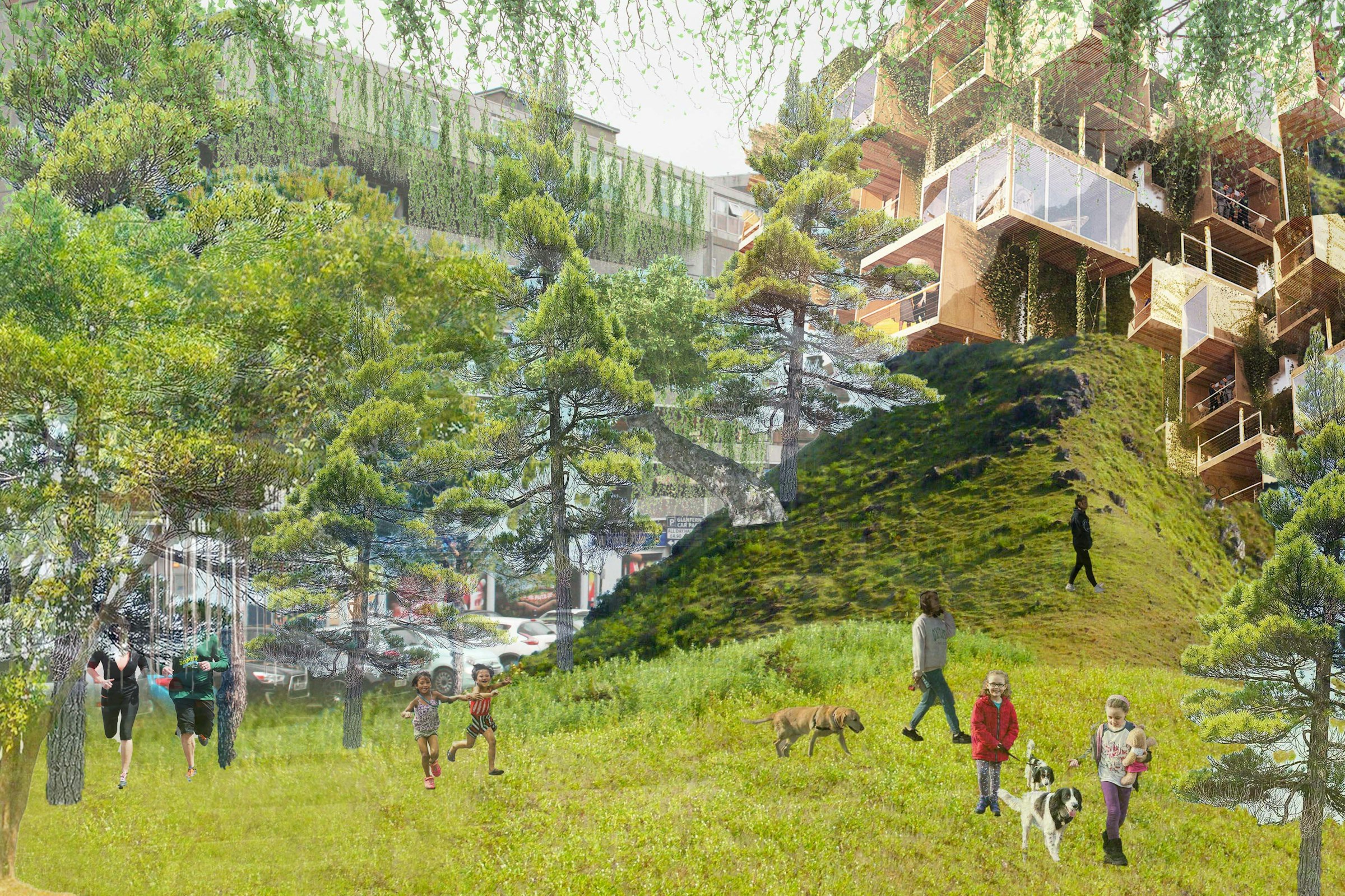Overview
We’re delighted for you to join us at AUB – we can’t wait to see what you’ll create.
You are using an outdated browser. Most of this website should still work, but after upgrading your browser it will look and perform better.
We're delighted that you've chosen to join our creative community at Arts University Bournemouth. We can't wait to see what you'll create.

This welcome pack is designed to give you an idea of what to expect during the first weeks of your course. Please take the time to read it carefully and take particular note of the pre-course preparation. We hope that you'll enjoy a happy and productive time with us, and we look forward to meeting you in October.
Dear students,
You're embarking upon a very special education in a discipline that is filled with responsibility and potential. Indeed, architecture plays a very critical role in all our lives, our shared histories and our emerging futures.
It's important to now observe your surroundings through the lens of an architect. You might begin to ask yourself unusual questions – how's architecture constructed? What's space? What's the purpose of the city? What are alternatives ways of living? Architecture is a new language and you should begin learning its syntax.
We'll begin the course with a welcome week. This will give you the opportunity to meet the staff, your fellow students, find your way around AUB, explore Bournemouth and learn more about your course.
The first year is intensive and will challenge you to learn in groups and as an independent thinker. In this year, emphasis is placed in learning through the process of making and drawing, using your hands, your eyes and your mind. Computing skills will follow once you have mastered these skills.
The discipline of architecture requires persistence, creativity, intelligence and curiosity. Good luck.
– Channa Vithana, Course Leader
Design Task: A room for seeing
What is to be seen? The outside, the inside, both? Are you seeing people, the landscape, stillness, the future? What enables you to see, your eyes and the possibility of perspective? Are you seeing through windows, holes in the wall, a lens, a roof? What's the nature of this room for seeing? Is the material soft, hard? Does it remind you of something? Where did this material come from, and what are its inherent qualities? Are there objects in this room for seeing, and what are their functions? What's the scale of this room for seeing and why? What's the overall purpose of this room?
Deliverables to be brought to first class:
In order to complete this task, you're asked to read the classic text by John Berger – Ways of Seeing. This short book will become an important part of week one’s group discussions and an inspiring way to develop your thinking. You should use this book to sharpen your perception.
You're tasked to write a 500-word paper summarising three key personal conclusions from this text, explaining why these conclusions made such an impression on you.
In order to prepare for your course, you should read and think about architecture over the summer, utilising exhibitions, books, TV shows, YouTube videos, TEDtalks and newspaper articles.
Also, get used to carrying a sketchbook with you wherever you go (such as the A5 spiral bound listed in the “what to bring with you” section) and making notes and drawings about places you visit (including exhibitions and buildings).
Reading is an essential way of liberating your thinking and will give you the intellectual ammunition to develop your projects. In studio discussions, it's expected that you have an awareness of primitive, historical and contemporary architecture. You'll be expected to refer to architects that have stimulated your thinking as well as architects you disagree with. We're not only confined to books about architecture. What we do as part of a larger pursuit of culture, related to the fields of philosophy, art, science and sociology.
The books you read now will inform your education in the coming years. They're a resource and an opportunity to evolve. Ultimately, it is your responsibility to be informed, educated and curious. Spending time in the library is the equivalent of putting petrol in your car — after filling up, you're ready to roll!
Most of the books on the reading list can be borrowed from the AUB Library once you've enrolled, although we do recommend you buy some books in advance. Books can be found second hand online for a good price. There's also a list of excellent websites that have a mix between written and visual essays.
The following list comprises some exemplary books we’d recommend for first year:
Have a look through some of the work our current students are producing to get an idea of the type of work you may be making on our course.
Drawing is the primary way we explore and propose ideas in architecture. We'll provide you with some basics. You should also bring with you any materials and equipment you already use for drawing (fine art and/or technical) or model making. In addition, some specialist materials will be provided, and you may need to supplement what we provide during the year yourself.
On your first day bring along:
This course uses both Apple and Windows computers.
You're encouraged to bring your own laptop and mobile device to support online learning, collaboration and communication while at university.
You'll also require a high-quality graphics card, at least 8 GB RAM and dual-core processor for 2D/3D applications.